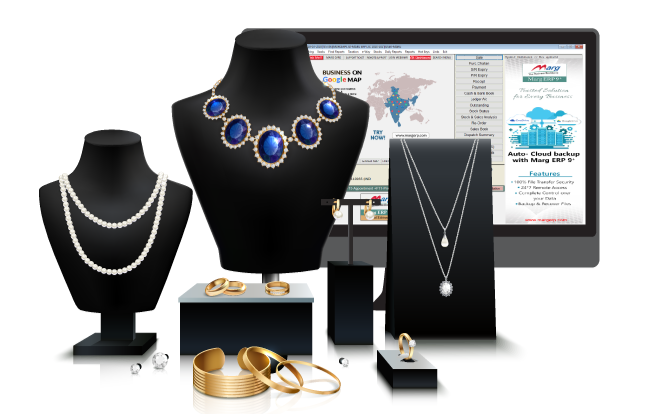Nurturing Your Little One: Finding the Perfect Baby Bottle
You may choose to use a bottle to give your baby breast milk or infant formula. Regardless of the contents of the bottle or your reasoning for choosing to bottle-feed your kid, there are a few things to keep in mind when choosing the right bottle for your baby. The features that the article would advise you to look to explore gentle and reliable bottles for breastfed babies are listed below:
- Select a bottle equipped with an anti-colic feature.
Bottles with an anti-colic feature come with a valve or other ventilation device. When feeding a baby, this device ensures a steady milk flow and reduces the quantity of air absorbed.
A baby is said to have colic when they cry a lot and for no apparent cause. While newborns may cry sometimes, if your kid screams for more than three hours a day, three days a week, for at least one week, it may be the result of colic. It affects around one out of every five babies and is rather common. Medical doctors don’t know the cause of colic. Many people think it might have anything to do with digestive problems or intolerance to something in the baby’s formula or breast milk. A bottle with an anti-colic function is one option to take into account while bottle-feeding.
- Select a bottle in which the nipple is ovoid.
If you’re planning to use a bottle with both nursing and solid foods, a round nipple is the way to go. You should choose for a round nipple that mimics the shape and size of the mother’s beautiful nipple. If you’re planning to breastfeed and supplement with a bottle, this will help clear up any misunderstanding regarding the “nipple” that could arise.
- Look for a bottle that has different flow rates on its nipples.
The size of a baby’s nipple hole or holes affects its flow rate, which subsequently affects how quickly milk may reach the baby’s mouth. It is recommended to utilize a modest flow rate while giving babies formula. This helps to mimic breastfeeding more accurately, better control the quantity of milk a baby consumes, and prevent overindulgence in food. Usually, as the baby grows, the flow rate will change, and as the infant gets older, he or she will want a faster flow rate. This implies that there will be gradual variations in the flow rate.
- Choose a glass bottle for your purchase.
According to a study, using plastic baby bottles may expose infants to hundreds or even millions of microplastic particles per day. Glass, on the other hand, resists the disintegration brought on by chemicals and acids, so you don’t have to worry about microplastics or possibly harmful chemicals seeping into the milk.
Last Words
Selecting a bottle should be done using borosilicate glass. This specific kind of glass is robust, resistant to breaking, and much more. Temperature and heat stress do not affect it either. Bottles constructed with borosilicate glass are resistant to the effects of freezing, boiling, microwave heating, and dishwasher cleaning.


